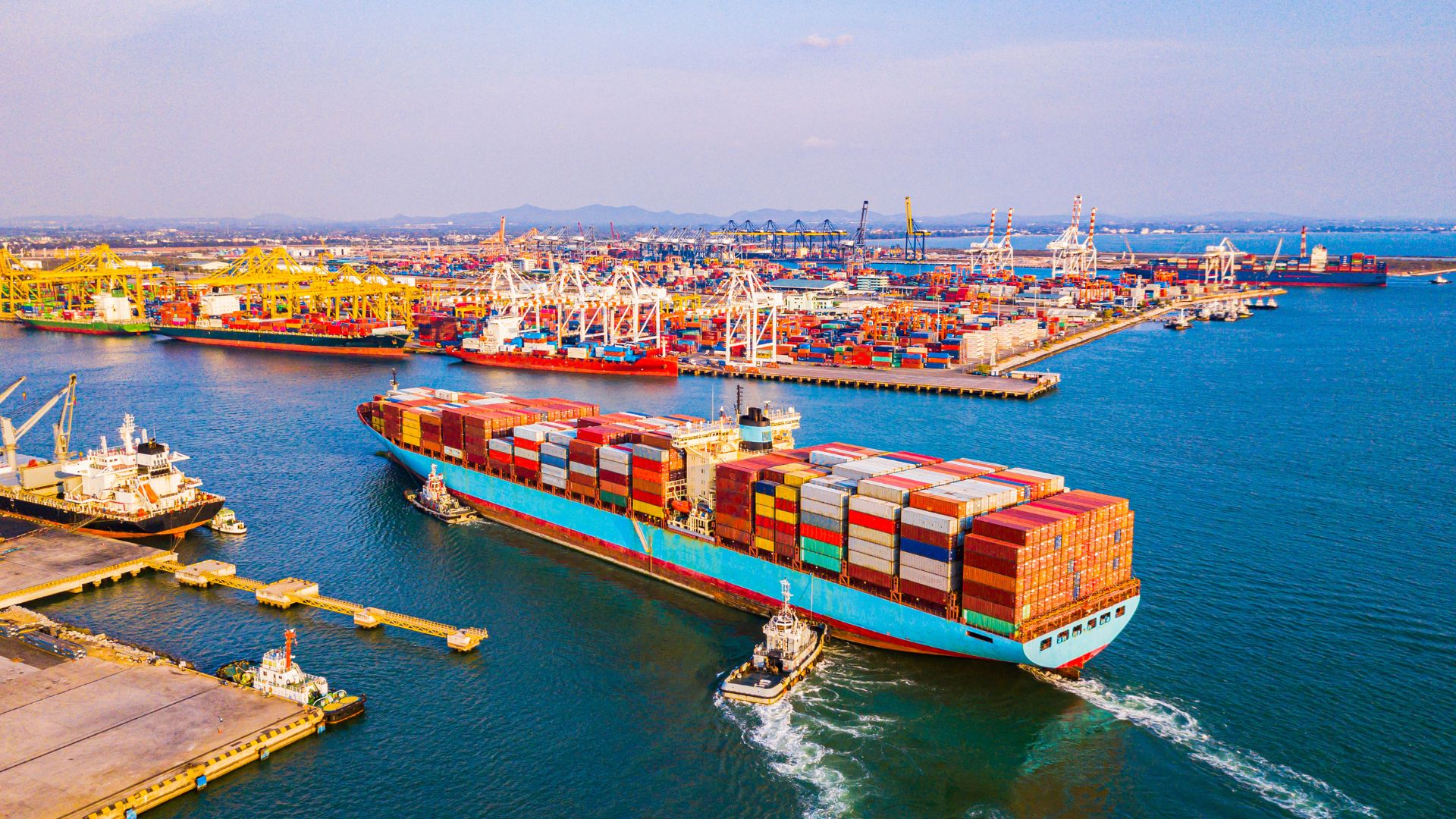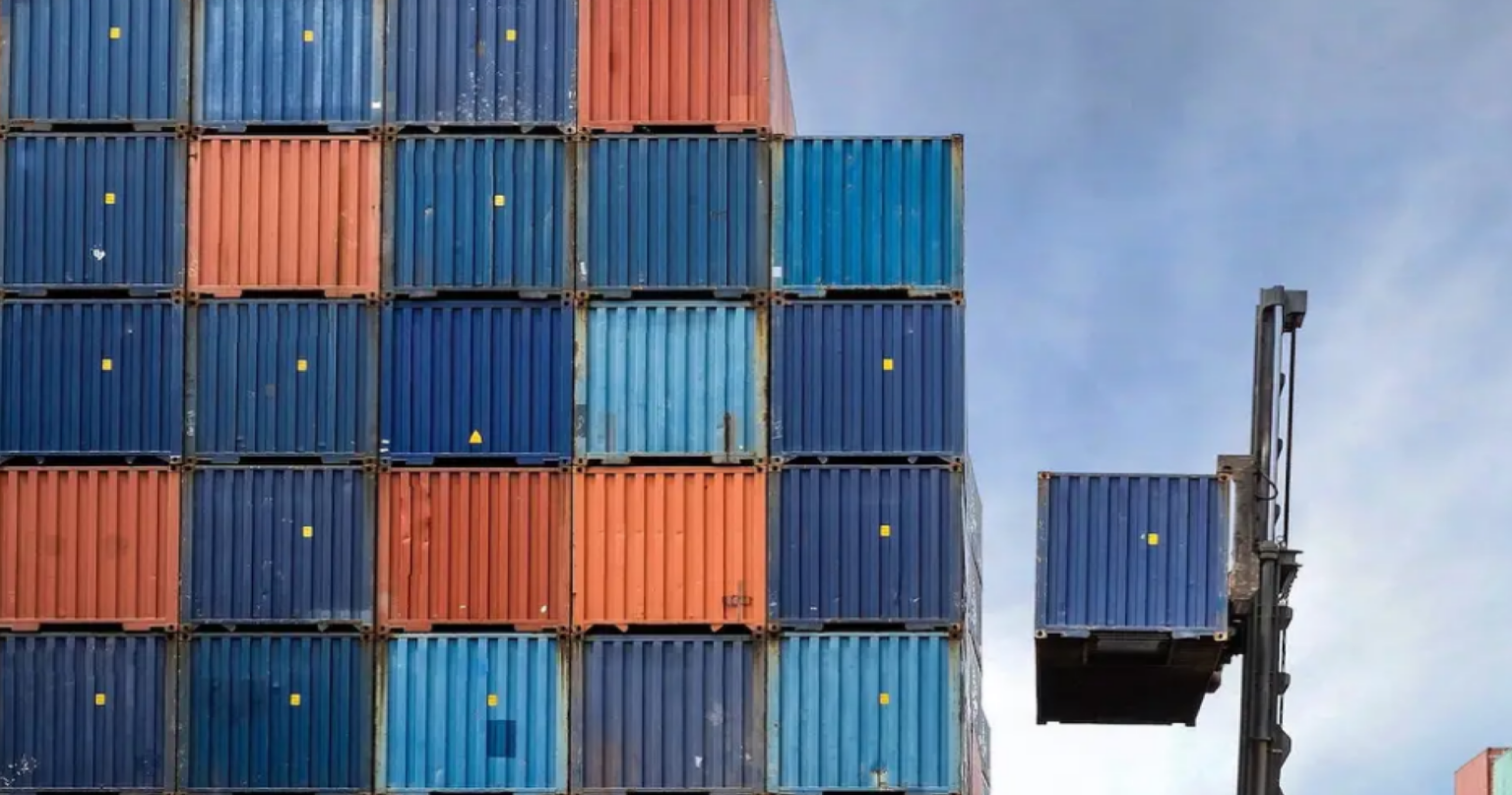Why Food Safety Culture Matters More Than Ever
As a PCQI, having a food safety plan is one thing. Getting your team to live and breathe it—every day, on every shift—is something else entirely. That’s the essence of food safety culture, and it’s becoming a defining element of regulatory compliance, audit readiness, and brand integrity.
As the operational face of a facility’s food safety program, the Preventive Controls Qualified Individual (PCQI) plays a pivotal role in establishing, reinforcing, and evolving this culture across departments, roles, and leadership levels. When culture is strong, compliance becomes second nature. When it’s weak, even the best-documented programs fall apart under pressure.
1. Leading by Example: The PCQI as a Cultural Anchor
The PCQI isn’t just a compliance officer—they’re a visible leader who sets the tone for how seriously the organization takes food safety. Their day-to-day presence communicates that safety isn’t a box to check—it’s a company value.
Strong PCQIs:
- Participate in walk-throughs, shift huddles, and corrective action follow-ups
- Share the “why” behind procedures—not just the steps
- Respond to incidents calmly and constructively, modeling accountability
- Recognize team members who uphold standards or catch small issues before they become big ones
Actionable Tip: Have your PCQI lead a short “Food Safety Focus” topic during weekly meetings to keep awareness top of mind.
2. Embedding Food Safety Into Onboarding and Training
Culture starts at orientation. The PCQI should work with HR, QA, and operations to ensure every new hire understands:
- The facility’s food safety values and expectations
- Their personal role in preventing contamination or non-compliance
- How to report concerns without fear of reprisal
- Basic behaviors like handwashing, PPE use, allergen segregation, and line clearance
Beyond onboarding, the PCQI helps implement recurring training and refreshers tailored to specific job functions, seasonal risks, or recent audit findings.
Key Insight: Training is more effective when it’s tied to real-world examples and outcomes, not just policy slides.
3. A PCQI Creates a Two-Way Culture of Communication
A strong culture is one where information flows both ways. PCQIs don’t just direct—they listen. That includes:
- Gathering feedback on SOPs from those who use them daily
- Encouraging reporting of near-misses or unsafe conditions
- Responding to concerns quickly and transparently
- Involving line workers in post-incident reviews or process improvements
This two-way trust helps teams feel invested in the food safety system, increasing buy-in and reducing resistance to change.
Actionable Tip: Set up a rotating Food Safety Feedback Board where team members can submit ideas, ask questions, or flag issues anonymously if needed.
4. Aligning Leadership and Floor-Level Expectations
Culture often breaks down when leadership says one thing and operations do another. The PCQI can help close that gap by:
- Training supervisors and leads to reinforce safety behaviors consistently
- Providing leadership with metrics and incident trends that tie back to operations
- Encouraging alignment on corrective action priorities, even when production pressure is high
Pro Tip: Develop a short “culture dashboard” that includes leading indicators like training completion rates, repeat deviations, and internal audit scores.
5. A PCQI Measures and Improves Cultural Health Over Time
Just like any other part of the food safety plan, culture can—and should—be measured. PCQIs can work with leadership to:
- Survey employees annually on food safety attitudes and confidence
- Track behavior-based metrics (e.g., number of near-miss reports, audit findings resolved on time)
- Identify departments or shifts with higher risk profiles and target support accordingly
- Celebrate milestones to reinforce shared wins
Actionable Tip: Include cultural KPIs in management reviews and strategy sessions, not just technical ones.
From Compliance to Commitment: The Cultural Advantage
Food safety culture isn’t fluff—it’s the infrastructure that holds your compliance program together when things go sideways. And no one is better positioned to lead it than the PCQI.
By connecting the dots between procedures, training, people, and purpose, the PCQI creates an environment where doing the right thing becomes the default—not the exception.
Registrar Corp offers PCQI training and cultural implementation support to help facilities align regulatory programs with real-world behaviors and build a workforce that values food safety from the inside out.
With culture in place, your systems become more resilient—and your people more invested. That’s a win for consumers, regulators, and your bottom line.








